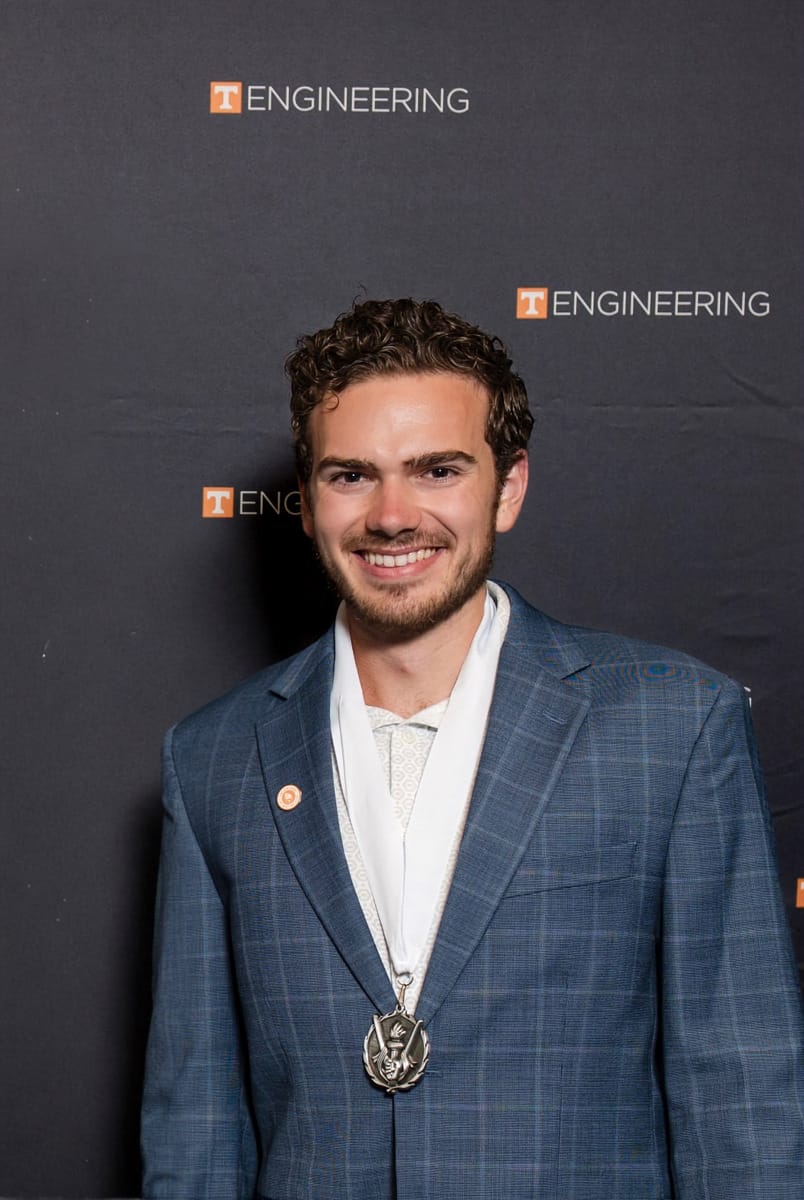
This is the second edition of a new 5 part series with Dean Matthew Mench of the Tickle College of Engineering at the University of Tennessee. Each week he will be sharing his advice for engineers in several important areas. His tips are relevant and actionable, so be prepared to learn.
Last week Dean Mench shared the most valuable skills engineers need to develop to be successful.
How Should Engineers Approach Difficult Problems in Order to Create Optimal Solutions?
“Very few problems worth solving today are one-dimensional. By that I mean that even engineering challenges typically involve a wide array of consideration including profitability, durability, sustainability, even political outcomes, etc.
Therefore, the engineer needs to consider the overall problem and boundary conditions in all of these areas together when solving larger problems. The path to solution remains like what they are trained to do in terms of defining the problem, simplifying it, and then looking to solve for the best outcomes with the tools available.
However, the broader problems involve a lot of other consideration that will require communication with and learning from others who have the expertise needed to find the best outcomes. You can’t just rely on Google….Communication, listening, and lifetime learning are keys to enduring success.”
Helpful Resources:
How to Design for Profitability:
Summary of the Main Points:
Prioritize cost-effective materials and manufacturing processes without compromising product quality.
Implement value engineering to optimize product functionality and reduce production costs.
Focus on energy efficiency and resource utilization to minimize operational expenses.
Embrace modular design and standardization to enhance scalability and reduce development and production costs.
Utilize advanced technologies like simulation, AI, and digital twins for cost prediction and optimization.
Collaborate closely with suppliers to negotiate favorable terms and secure cost-efficient components.
Continuously analyze and improve production processes to identify opportunities for cost savings.
Monitor market trends and competition to set competitive pricing strategies and maximize profitability.
Invest in employee training and development to enhance productivity and innovation, contributing to long-term profitability.
How to Design for Sustainability:
Summary of the Main Points:
Sustainable development meets present needs without compromising future generations.
Triple Bottom Line (TBL): Considers financial, social, and environmental aspects in development.
Life-cycle thinking involves raw materials, manufacturing, lifetime use, transportation, and end-of-life.
Cradle to Cradle (C2C): Focuses on renewable resources, technical, and biological cycles for sustainability.
Design strategies for raw materials: Use low-impact, nonpolluting, and local materials; design for disassembly.
Manufacturing strategies: Opt for room temperature manufacturing, reduce waste, and cut energy consumption.
Lifetime use: Design durable products, reduce energy consumption, and minimize waste generation.
Transportation: Minimize transportation, use eco-friendly transport, and consider local sourcing.
End-of-life: Design for recyclability, repairability, and consider reducing the use of non-recyclable items.
How to Communicate Effectively as an Engineer:
Summary of the Main Points:
Listen actively and don’t interrupt the speaker.
Effectively address your audience by tailoring your message for them.
Avoid technical jargon with non-engineers
Brevity and clarity are key.
Make text-based exchanges easily readable with left-aligned formatting and broken-up text blocks.
Use visual aids to help others understand.
Continuously improve your communication by reflecting on what worked and on what caused confusion.
TLDR (too long; didn’t read):
First, approach problems with engineering methods.
Consider profitability, sustainability, and other design constraints early in the design process.
Have a growth mindset and learn from others.
Hone your ability to communicate with many different types of people.
Cool Photo of the Week:

Ben Wyvis, Scotland
Final Thoughts
What approach that Dean Mench recommended do you need to implement? Start with one of them this month and spend 10 mins each day learning it. How can you develop better communication abilities, learn to design for sustainability, and learn how to design for profitability this quarter?
If you have come across any helpful resources such as books or podcasts on these subjects, please send them my way.
Enjoying this publication? If so, please share this with a friend using the social icons at the top of the page or by copying this link.
Rock on,
Camden
